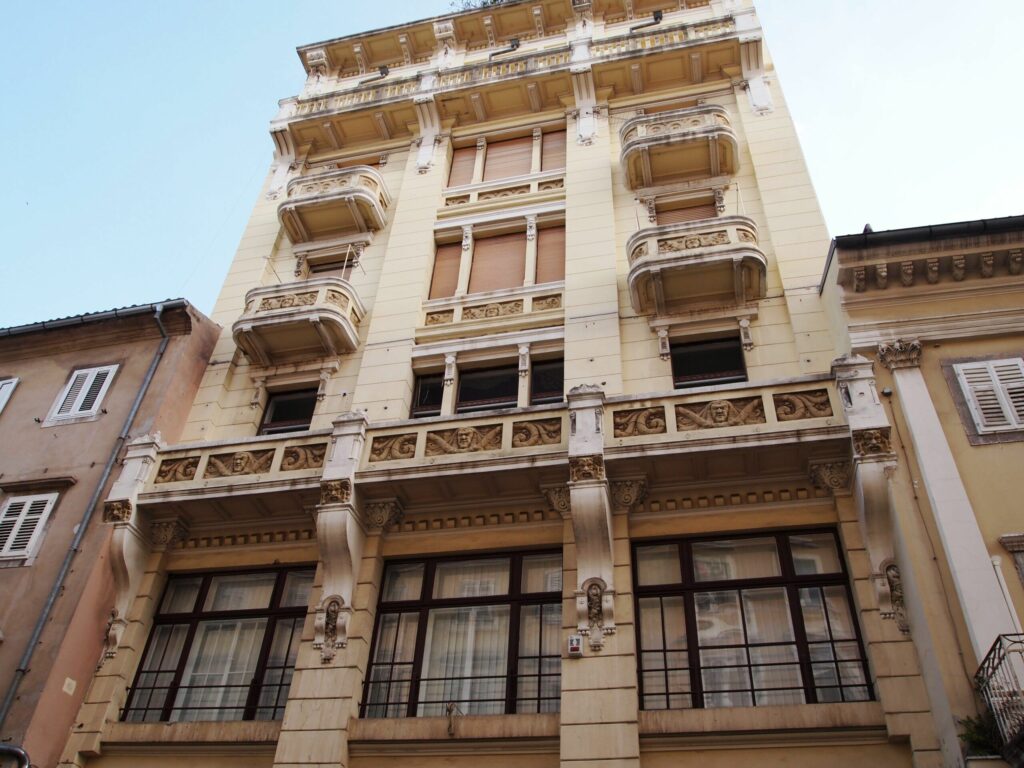
Corso cinema and theatre
The Corso cinema and theatre appeared on Korzo in 1913, based on the design of the owner of the facility, Francesco Mattiassi. In order to make that happen, Mattiassi reconstructed
Rijeka’s architecture tells a rich story, showcasing a blend of historic Austro-Hungarian buildings, modern structures, and stunning waterfront designs.

The Corso cinema and theatre appeared on Korzo in 1913, based on the design of the owner of the facility, Francesco Mattiassi. In order to make that happen, Mattiassi reconstructed

The oldest known Rijeka’s municipal palace stands even today in the northern part of Kobler Square. The remains of the medieval edifice are clearly visible within its prevailing Baroque forms.
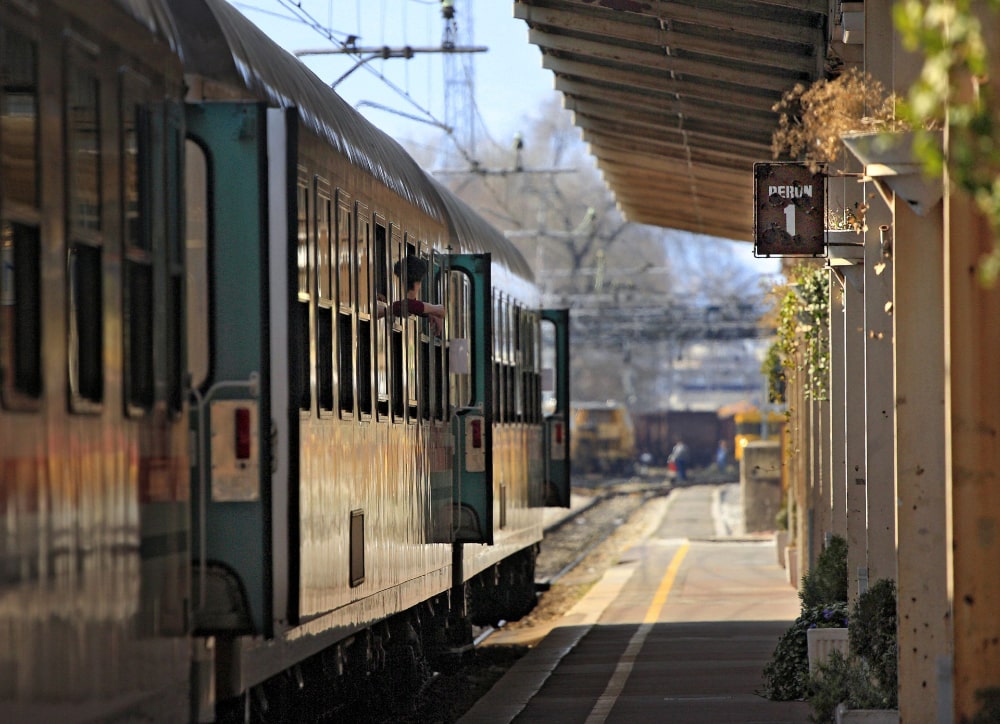
Unlike other cities which were initially connected to the rest of the world by a single railway line, Rijeka did the same by two railways. Rijeka is connected to the
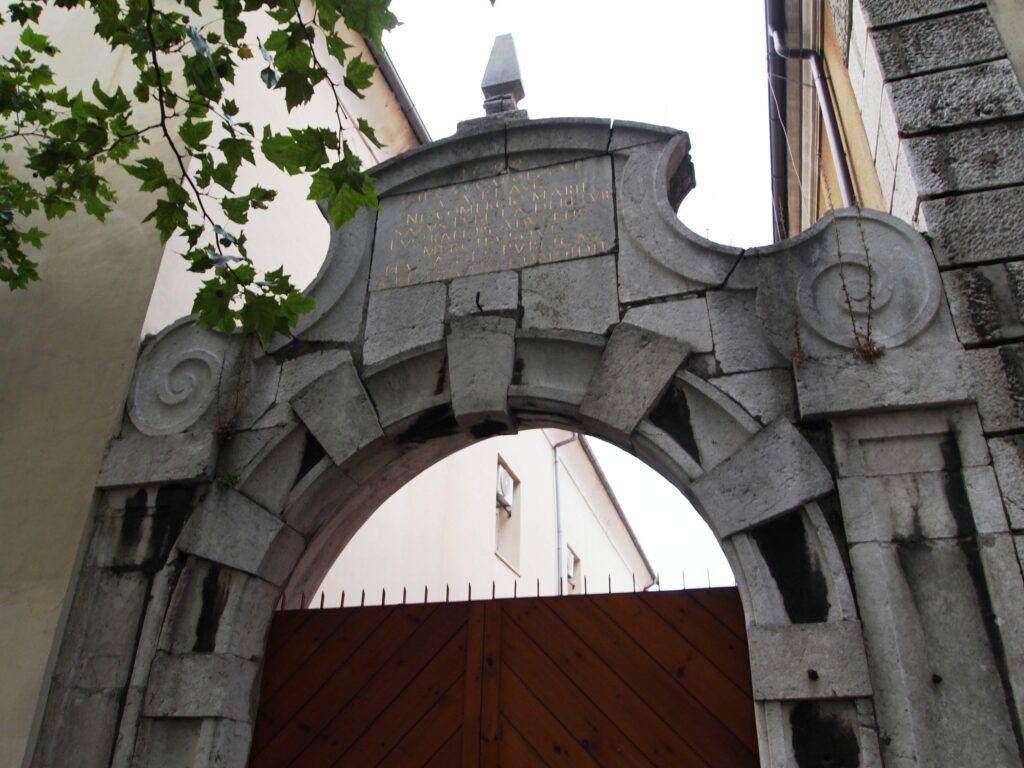

The launch station from the 1930s was a part of the closed torpedo factory. It is a testimony to the technical inventiveness of Rijeka during this period and at the
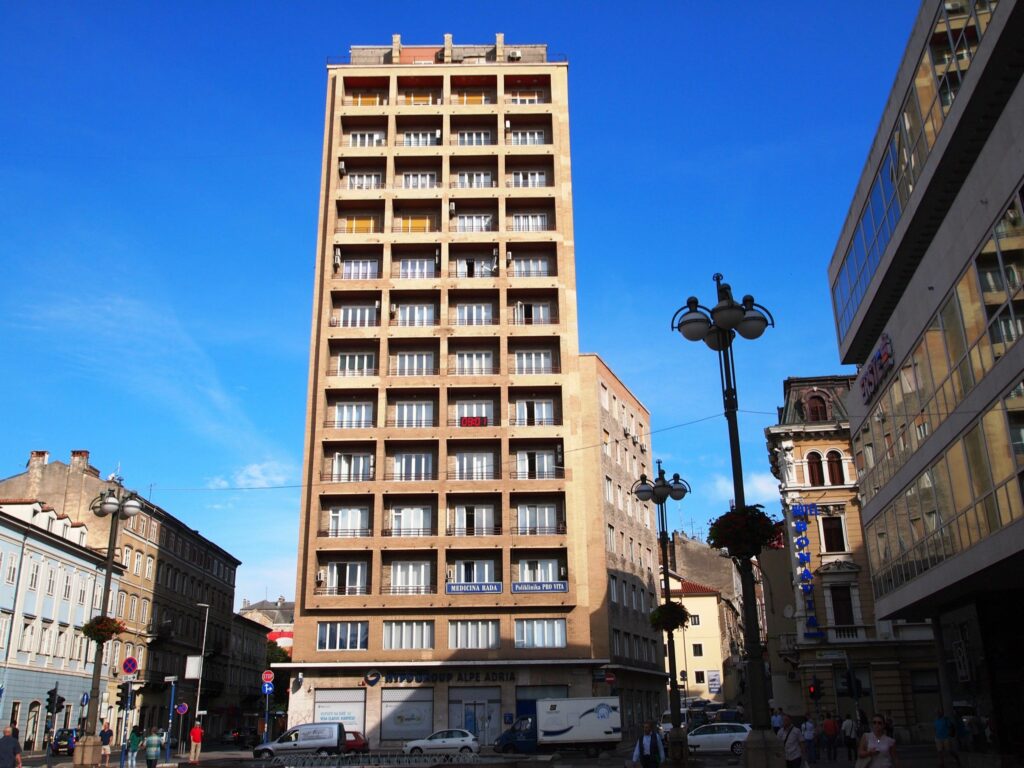
The skyscraper that dominates the square on the western end of the Korzo was built during the Second World War, in 1942. It was an investment by Enrico de Arbori,
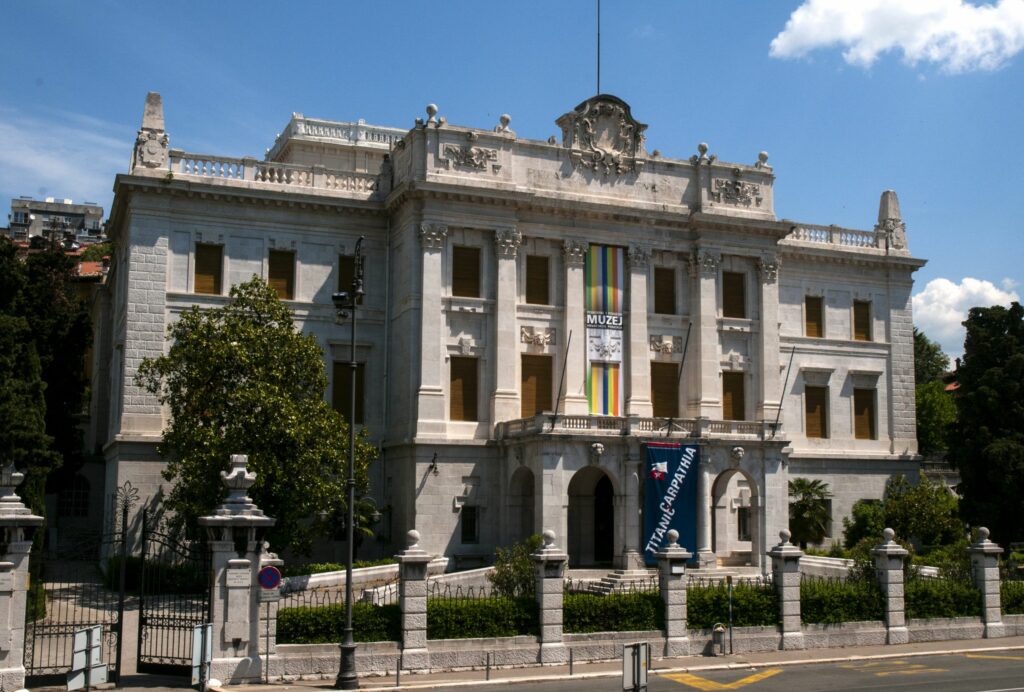
The construction of the Governor’s Palace began in 1892 at the time of the Governor Lajos Batthyány and based on the design of one of the leading Hungarian architects of
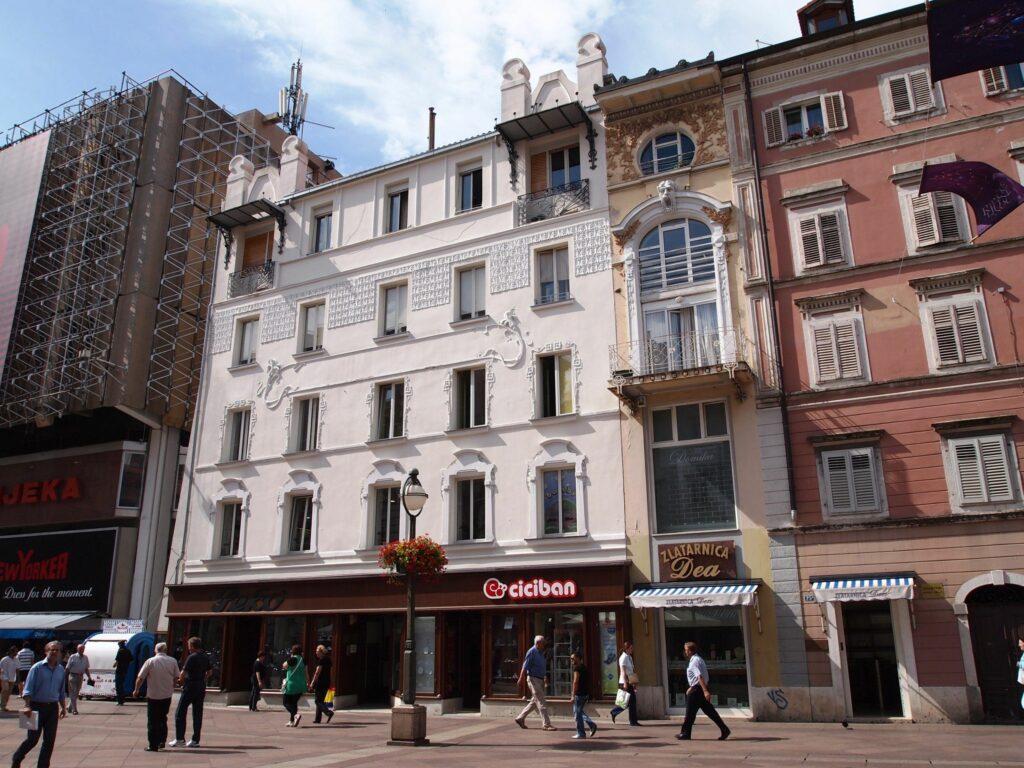
When Giovanni Schittar’s two floored house on Korzo became a three floored house in 1905, its new facade smiled at Korzo in Art Nouveau style. This was a metaphorical transformation of the
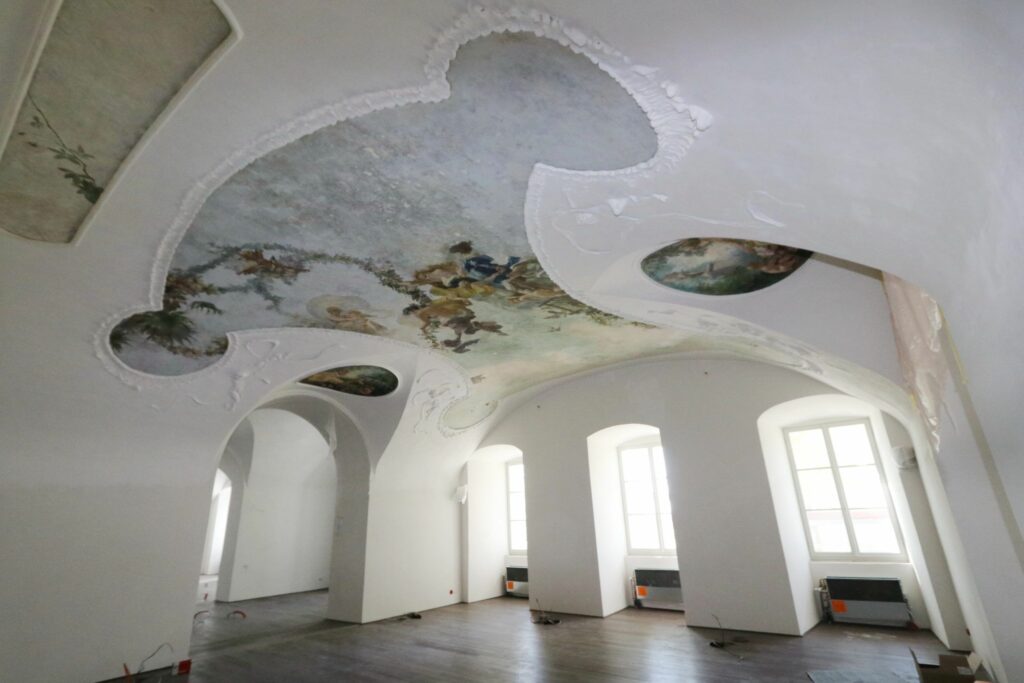
The sugar refinery was the first and oldest industrial plant in Rijeka. It was founded in 1750 and used for processing of sugarcane and raw sugar. It was located on
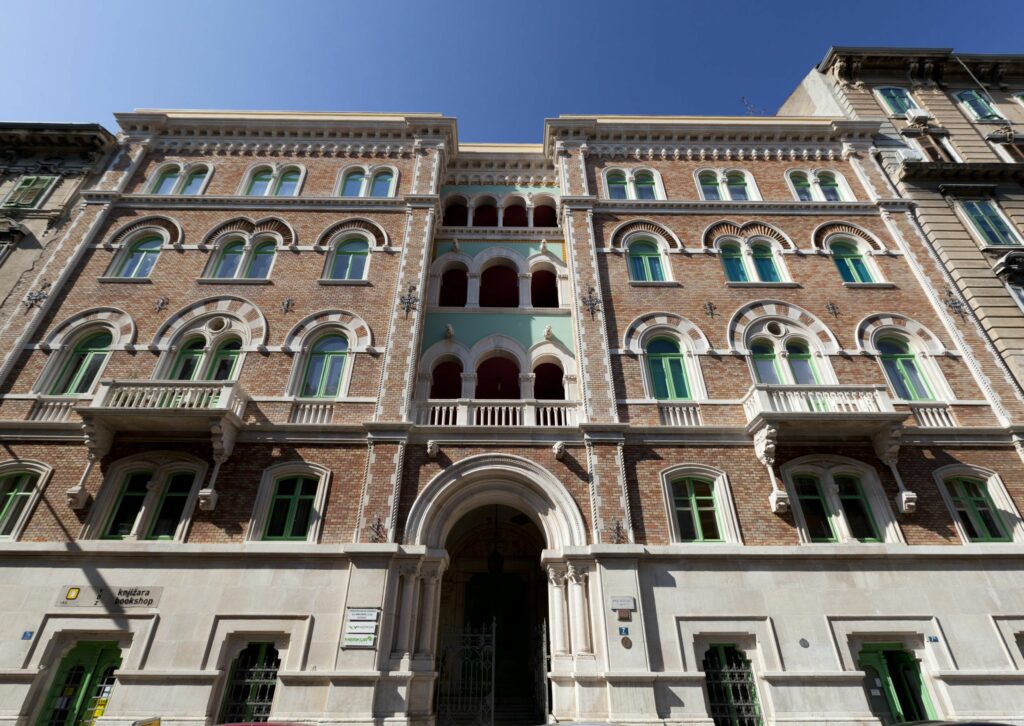
The palace belonging to Robert Whitehead (inventor of the torpedo, together with Giovanni Luppis) was nominated a Venetian House thanks to its architectonic associations with the Venetian Gothic. It was